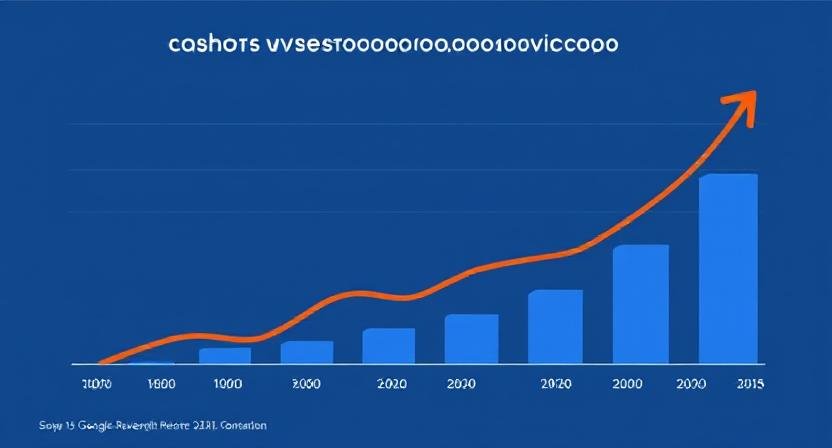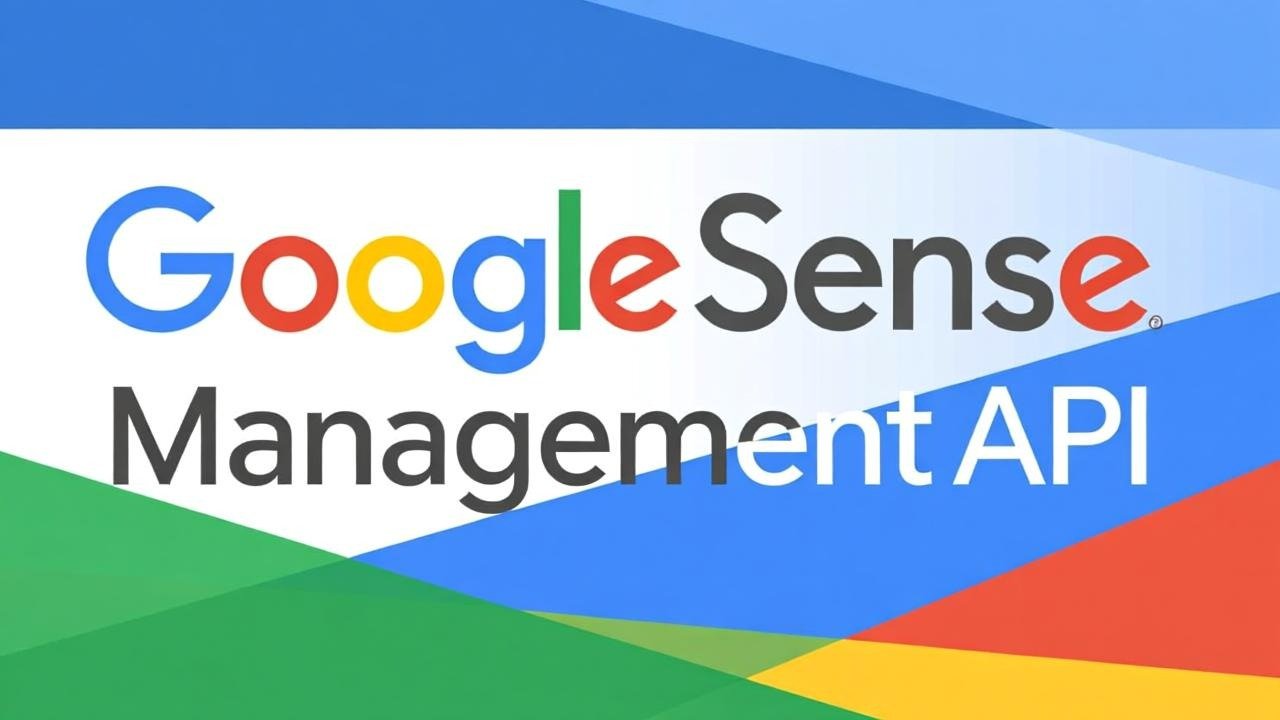Google AdSense is one of the most popular and accessible ways for website owners and digital content creators to generate revenue online. Since its launch, AdSense has revolutionized website monetization by enabling publishers to display contextually relevant ads and earn money through clicks and impressions. In 2025, AdSense continues to evolve, leveraging advanced AI and machine learning to optimize ad performance and enhance publisher earnings.
This comprehensive guide explains exactly how AdSense works, the key components behind its success, and how you can leverage it effectively to maximize your website revenue.
What Is Google AdSense?
Google AdSense is a program that allows webmasters to display Google ads on their websites. Instead of selling ad space directly, Google acts as an intermediary by matching high-quality, relevant ads from advertisers through Google Ads to website content and audiences. Publishers earn money whenever visitors engage with these ads by clicking or simply viewing them.
The Core Mechanics: How Google AdSense Works
1. Ad Auction and Matching Process
Whenever a visitor loads a page containing AdSense ad units, Google runs an ad auction in real time. Advertisers bid in this auction, aiming to have their ads shown. The highest bidder whose ad is most relevant to the visitor and the page content wins the placement. This ensures users see ads that align with their intent, increasing click likelihood and revenue.
2. Contextual Targeting
Google analyzes the content of your webpage, including text, keywords, and site structure, to identify relevant ads. This contextual targeting improves visitor engagement and advertiser ROI, benefiting the publisher with higher CPC (cost per click) and CPM (cost per thousand impressions) rates.
3. User Behavior and Interest Data
Besides page content, Google uses data about visitor behavior, demographics, and interests (while adhering to privacy standards) to display personalized ads. This behavioral targeting increases relevance and revenue potential.
4. Types of Ad Units
AdSense offers a range of ad formats publishers can display:
-
Text Ads: Simple text-based links or banners.
-
Display Ads: Attractive image or animated ads.
-
Native Ads: Integrated ads matching site style.
-
Video Ads: In-stream or display video commercials.
-
In-feed and In-article Ads: Seamlessly woven into content feeds and articles.
5. Revenue Generation
Publishers earn money based primarily on:
-
Cost Per Click (CPC): Payment per user click on an ad.
-
Cost Per Mille (CPM): Payment for every 1,000 ad impressions.
-
Cost Per Action (CPA): Less common, rewarding specific user actions.
Google shares approximately 68% of the revenue with publishers while retaining 32%.
Setting Up Google AdSense on Your Website
Step 1: Sign Up for AdSense
Create a Google AdSense account at https://adsense.google.com/start/. Google requires website ownership verification and compliance verification during sign-up.
Step 2: Add AdSense Code to Your Site
Generate and insert AdSense ad codes into your website’s HTML, typically through your CMS or manually in template files.
Step 3: Ad Placement and Customization
Choose where to place ads for maximum visibility and engagement without disrupting user experience. Use responsive ad units to accommodate desktop and mobile visitors.
Step 4: Monitor and Optimize
Leverage the AdSense dashboard and Google Analytics to analyze performance metrics and optimize ad formats, placements, and content to increase revenue.
How AdSense Uses AI and Machine Learning in 2025
Modern AdSense heavily incorporates AI to:
-
Automatically optimize ad placements based on engagement and revenue potential.
-
Personalize ads to match user behavior without violating privacy norms.
-
Predict revenue patterns and adjust bidding strategies in real-time.
-
Prevent invalid clicks by detecting fraudulent activity.
This adaptive technology significantly improves earnings for publishers by delivering the most lucrative ads without additional manual effort.
Factors Affecting Your AdSense Earnings
-
Niche and Content Quality: Finance, technology, and legal niches generally attract higher CPCs.
-
Traffic Volume and Source: Organic search traffic from high-income countries earns more.
-
Ad Placement and Format: Visible, non-intrusive placements lead to better CTR.
-
Site Speed and Mobile Friendliness: Faster, responsive pages increase ad impressions.
-
Compliance with AdSense Policies: Avoiding violations prevents account bans.
Common Challenges and How to Overcome Them
Low Earnings?
-
Test different ad formats and placements.
-
Improve website SEO for better traffic quality.
-
Create niche-targeted content with higher advertiser bids.
Account Suspension?
-
Regularly review Google’s policies.
-
Remove any prohibited content or ads.
-
Avoid encouraging clicks or using invalid traffic sources.
Read More: How Much Can Creators Make with Google AdSense in 2025? A Detailed Earnings Guide
Conclusion
Understanding how Google AdSense works in 2025 is essential for any publisher serious about monetizing their website effectively. By tapping into Google’s sophisticated auction system, contextual and behavioral targeting, and AI-driven optimizations, you can earn steady, scalable income from your content.
Regular monitoring, strategic ad placement, compliance, and quality content are the pillars of a successful AdSense monetization strategy.









